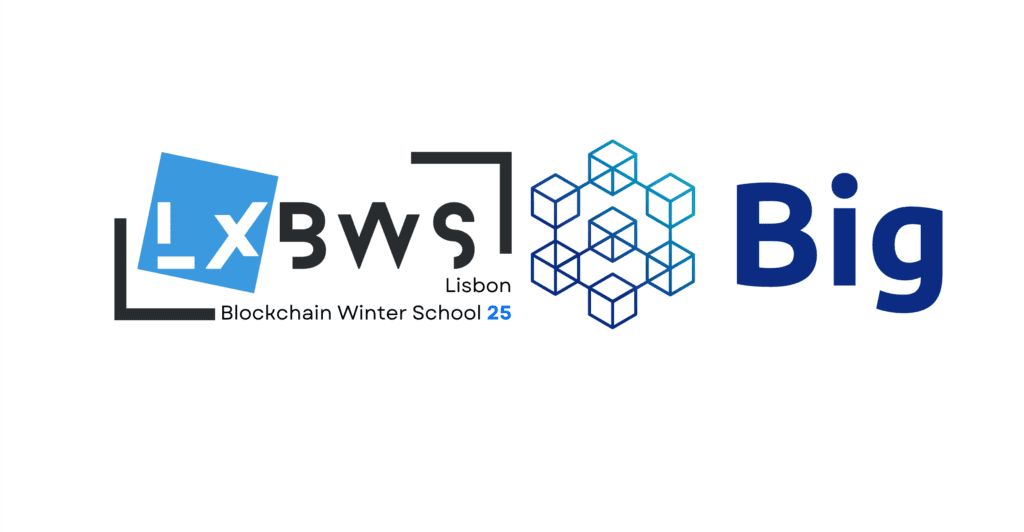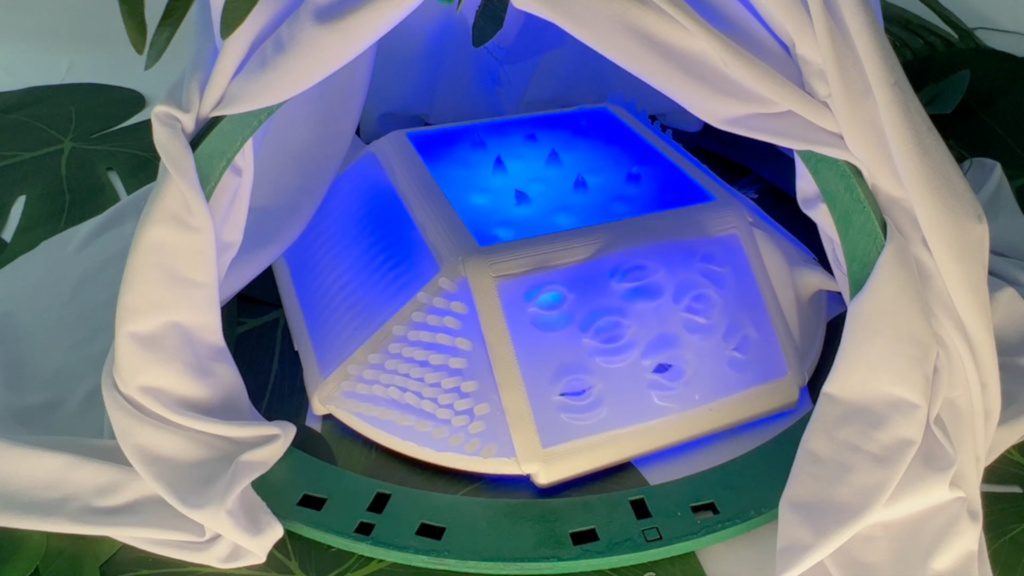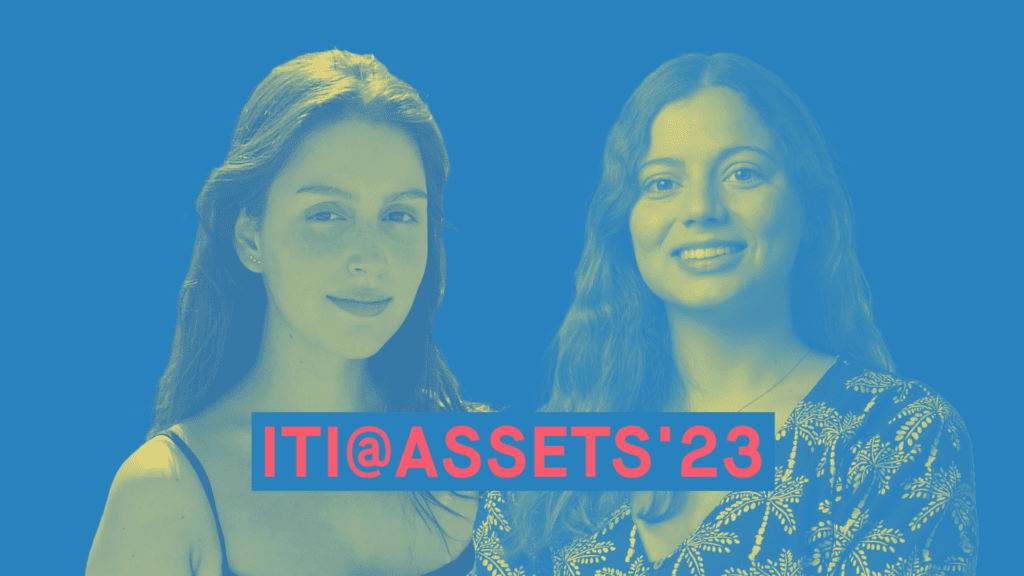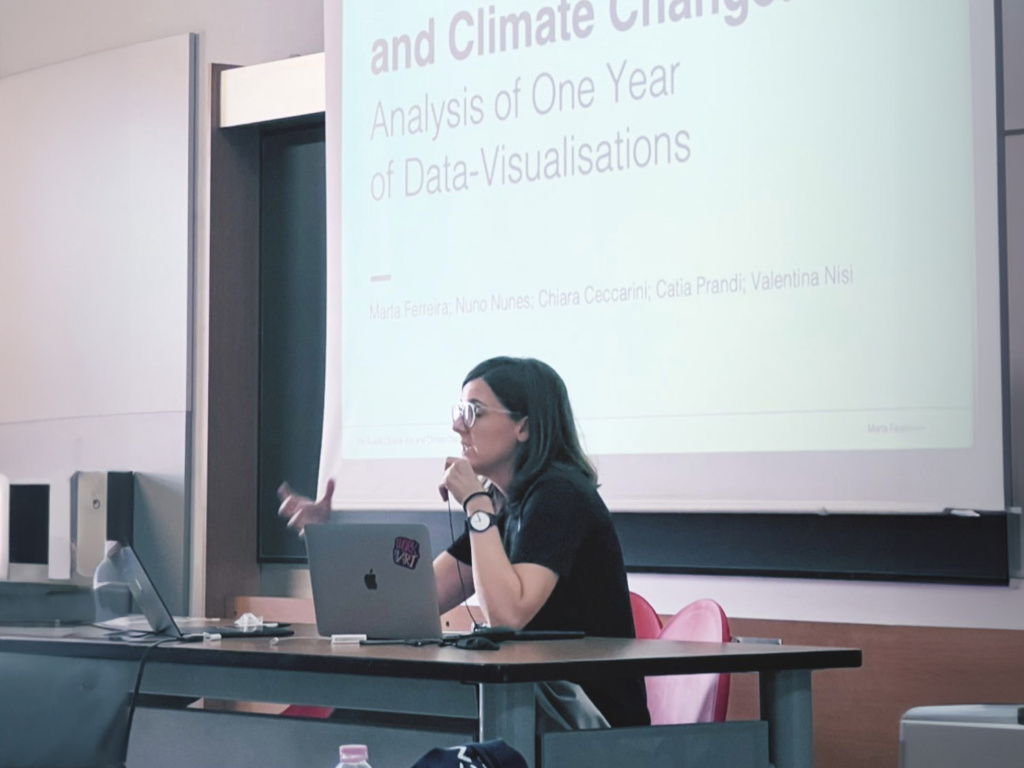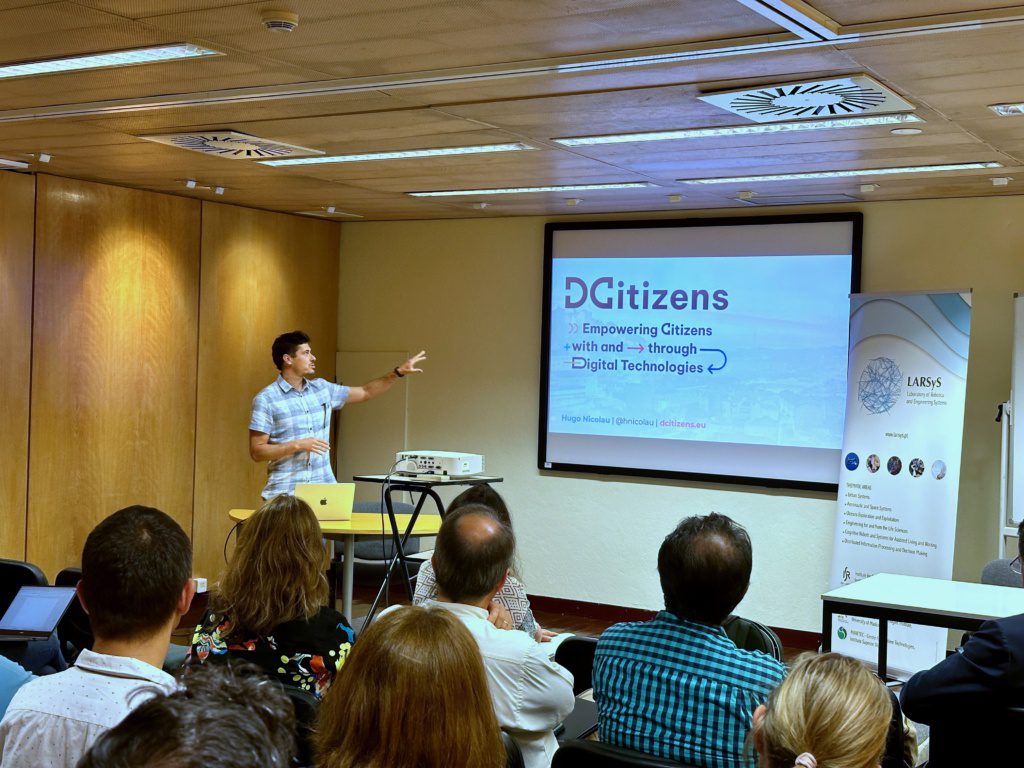Hugo Nicolau

Biography
Hugo is an Assistant Professor in the Computer Science and Engineering Department (DEI) of Instituto Superior Técnico, University of Lisbon in Portugal. He’s also a researcher and Vice-President at the Interactive Technologies Institute / LARSyS.
His research interests include human-computer interaction with a particular focus on technologies that promote and support the inclusion of people with disabilities in society. Hugo’s goals include creating meaningful technologies that empower people to address high-impact problems such as education, health, and social cohesion. His research methods extend primarily from the discipline of human-computer interaction and are informed by perspectives in design justice, psychology, sociology, and disability studies.
Related Projects
News
Events
Publications
2024
Envisioning Collaborative Futures: Advancing the Frontiers of Embedded Research Journal Article
In: 2024.
Participatory Design with Young Children: Failures, Challenges, and Successes Journal Article
In: 2024.
DCitizens Roles Unveiled: SIG Navigating Identities in Digital Civics and the Spectrum of Societal Impact Proceedings Article
In: Extended Abstracts of the CHI Conference on Human Factors in Computing Systems, pp. 1–5, 2024.
2023
TACTOPI: Exploring Play with an Inclusive Multisensory Environment for Children with Mixed-Visual Abilities Proceedings Article
In: IDC, pp. 411–422, ACM, 2023.
Coding Together: On Co-located and Remote Collaboration between Children with Mixed-Visual Abilities Proceedings Article
In: CHI, pp. 606:1–606:14, ACM, 2023.
The Robot Made Us Hear Each Other: Fostering Inclusive Conversations among Mixed-Visual Ability Children Proceedings Article
In: HRI, pp. 13–23, ACM, 2023.
Feasibility and Expert Acceptance of a Virtual Reality Gait Rehabilitation Tool Proceedings Article
In: VRW, pp. 565–566, IEEE, 2023.
2022
Co-designing a Bespoken Wearable Display for People with Dissociative Identity Disorder Proceedings Article
In: Proceedings of the 24th International ACM SIGACCESS Conference on Computers and Accessibility, pp. 1–4, Association for Computing Machinery, New York, NY, USA, 2022, ISBN: 978-1-4503-9258-7.
Introduction to the Special Issue on ASSETS'20 Journal Article
In: ACM Trans. Access. Comput., vol. 15, no. 2, pp. 8e:1–8e:2, 2022.
Investigating the Tradeoffs of Everyday Text-Entry Collection Methods Proceedings Article
In: CHI, pp. 378:1–378:15, ACM, 2022.




